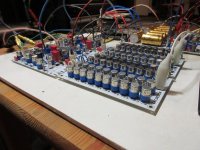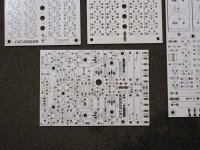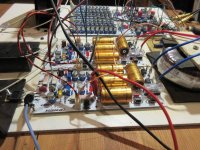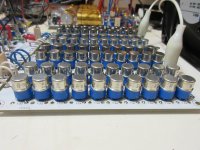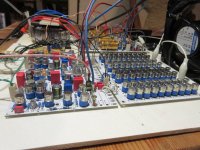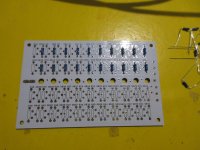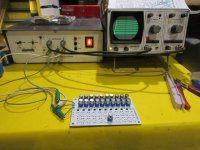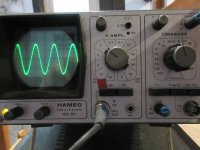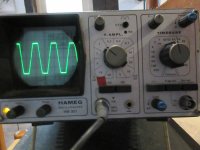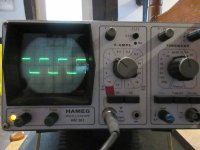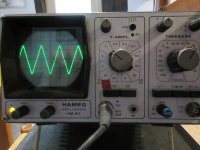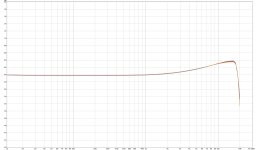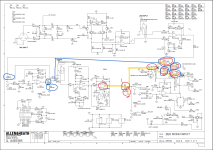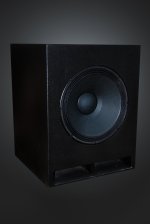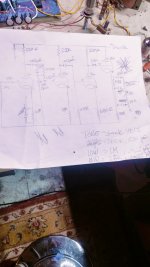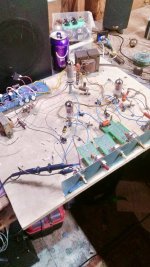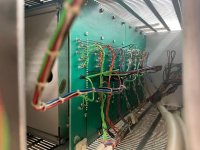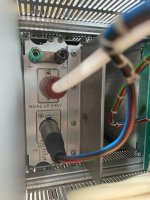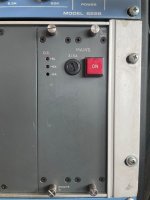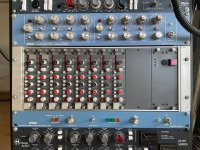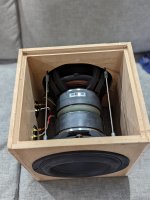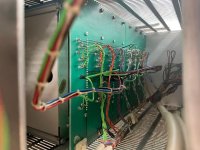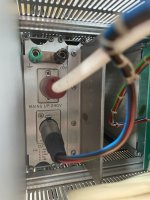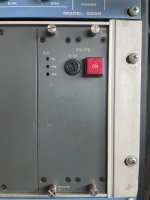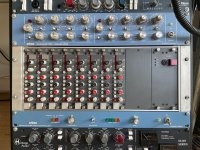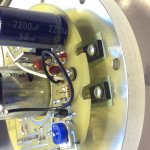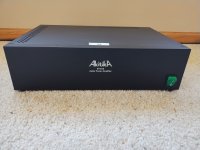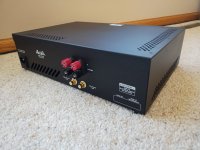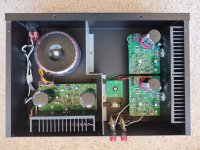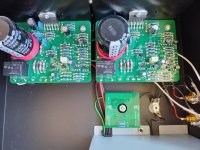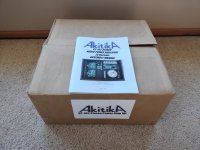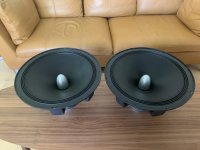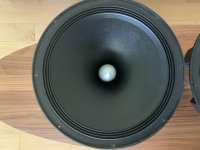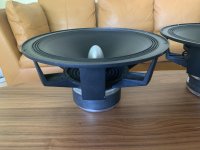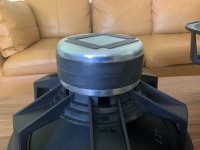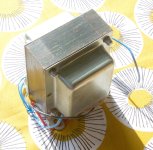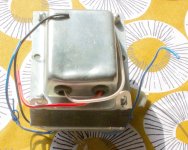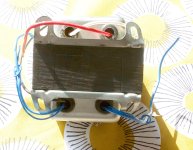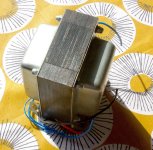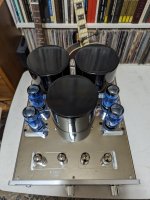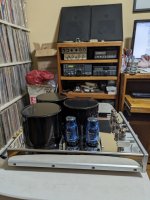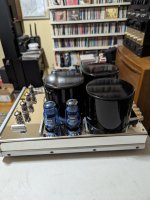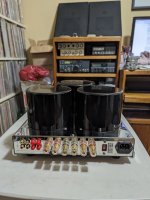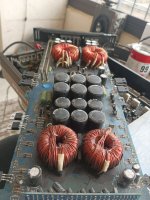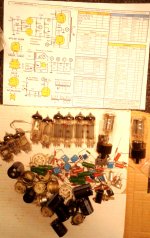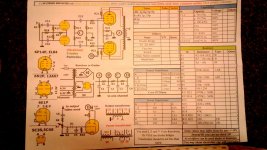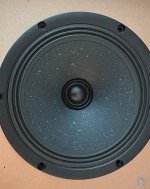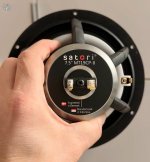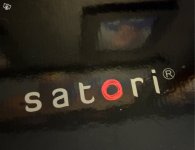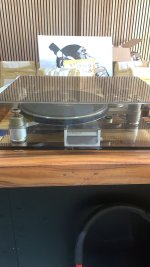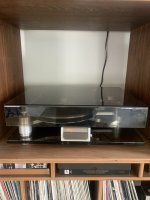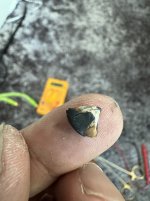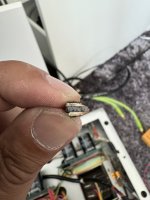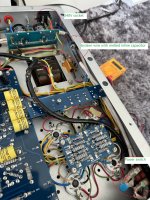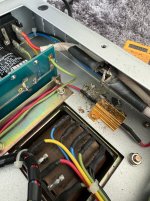Hello all, first some background. In 1993, while in high school, I started my first job in KFC. With all that money that I never had before, I really wanted to first buy a really nice music system. I had already started DJ'ing and also performed Shabba Ranks lines on the mic. I was so ready to move on from my DJ rig in my bedroom. I started reading all the reviews in AU hi-fi mag and taking handfuls of Greensleeves sampler CDs to all the high-end shops around Sydney. Nothing really seemed to do the music justice. I used to have a portable with CD and cable to stick the headphone out to my PA. I took this to an op shop that carried a lot of secondhand electronics. There magic happened, a wooded cabinet for $10 sounded better than anything on York Street, Sydney. It had these huge speakers built in and a record player! And line in!! And mic in!!!
Needless to say, I saved a lot of money and bought new decks and a mixer kit from Jaycar
😀
A friend and I carried it home all of 600m, which seemed like 6000km. This thing was heavy
Things went south for me from there. Firstly, abusing new-found freedom in the anonymity of a city of 3 million, dropping out of year 12 in high school, getting married very early and eventually into self-employment as a fishing rod manufacturer and design consultant. Fifteen years later I followed my conscience and got out of the blood sport industry and bad marriage and took up taxi. Today I am with the person that I am right for and with a small family but toeing 50 and in semi retirement at the end of healing from the past life
Every day since 1993 I think about that old system and how good it sounded. In time, I learned about the nature of tubes and why that thing did what it did, and still don't know why I have never revisited that. I have fond myself longing for a small portable that sounds that good and something my wife and I can down time with. Or I can sit at sunset on the steps of the sailing club at the beach and enjoy some dub and even play my bass along with
I have the preamp already for plugging the bass into any hi-fi, so the instrument side of this portable is a separate issue already resolved and can apply to this or any other system with a line in
While fitting this to a new bass amp two years ago, I thought about how cool would that have been to plug into the old system that had that glinty golden sheen on the bass of Robbie Shakespeare and Aston Barrett. Things get smaller over time, so why not the old system. After pondering this for the last two years, I think I should dive in head first and build and enjoy this thing instead of just thinking about it
Please take it in the spirit intended and coming from someone fairly uneducated
The thread discussing the LF driver side of things
The thread discussing the FR stereo drivers
I have compiled a good parts bin
Visaton waterproof FR drivers
Various 6.5" subs and one JBL BB3 replacement bass driver
Dayton reference alloy PRs, no name PRs
DS18 ZXI-354 FR drivers
7" SBA or Wavecor sub, can't tell
2.75" SBA or Wavecor FRs, can't tell
DC24V 2.1 poweramp with DSP TPA3116D2 based with 50w+50w+100w at 4R+4R+2R
Just the DSP
Just the poweramps in separate stereo and mono boards including TPA3116, TPA3118, PAM8403, PAM8610
DC12V to DC24V 15 amp stepper
DC12V to tube power stepper
Various 12v batteries and chargers
Creality 6 Max printer
Desktop CNC router + laser module
Mini industrial table saw
Comprehensive hand and power tools
Calibrated mic
Audio interface
Various software
6SN7 tube preamp PCBs and tubes
6SN7 tube headphone amp PCB and tubes
5670 PCBs and tubes
Lots of passives
ECC83 tubes
The tools are all for my main interest being bass amps, bass instruments and WIG vessels and the audio components are for trying to achieve the portable through trial and error. During the course of discussion re the FR drivers, it seemed like the starting point of the project, the headphone amp was a bit under equipped, so I am adding an EL34 SET kit into the parts bin including very well specified output transformers as well as Psvane red EL34s. Also adding an analog voltage divider network and analog sub controller to the mix. And a pair of 1.75" JBL long stroke type 15wrms FR drivers
Thinking about adding a very well-made TPA3221 stereo board from NVarcher into the mix too for the sub to run straight from 12v instead of lesser chips already on hand
I feel that I have sufficient mix of parts to trail and error with to end up with a very small version of the HMV unit that is perfect as a low output personal music system for two. Will introduce the model for the max allowed dimensions for the chassis as I work various things out
